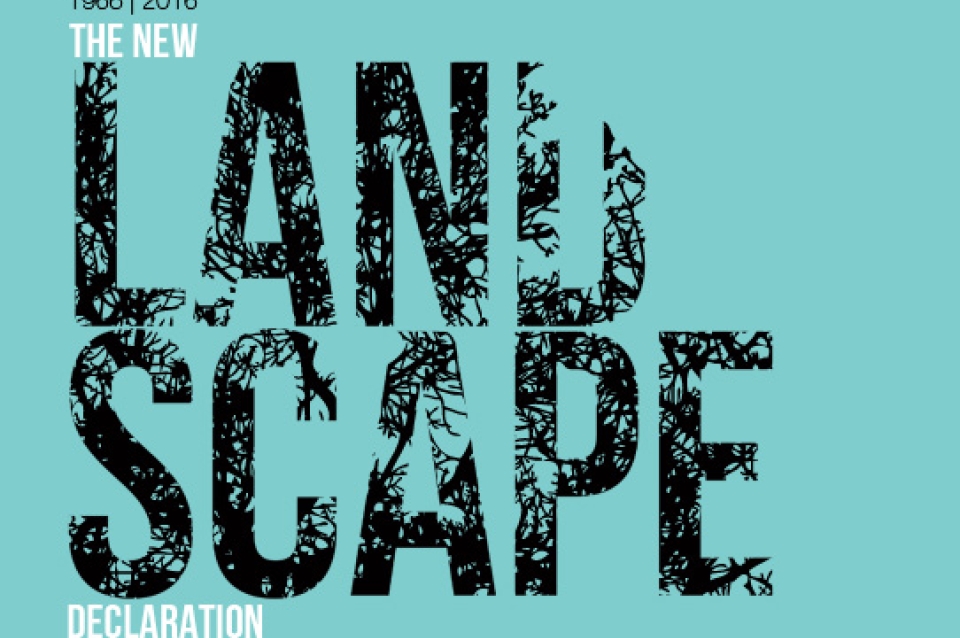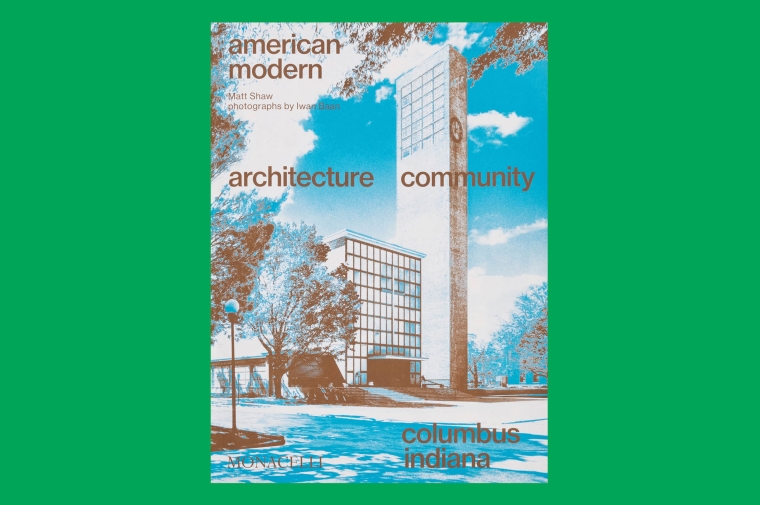March 22, 2016
Stuart Weitzman School of Design
102 Meyerson Hall
210 South 34th Street
Philadelphia, PA 19104
Get the latest Weitzman news in your Inbox
Media Contact
Michael Grant
mrgrant@design.upenn.edu
215.898.2539
Excerpted from an essay by Richard Weller, professor and chair of the Department of Landscape Architecture, and Billy Fleming, PhD student in City and Regional Planning, originally published on the Landscape Architecture Foundation News Blog.
In 1966, Campbell Miller, Grady Clay, Ian McHarg, Charles Hammond, George Patton and John Simonds marched to the steps of Independence Hall in Philadelphia and declared that an age of environmental crisis was upon us and that the profession of landscape architecture was a key to solving it. Their Declaration of Concern launched, and to this day underpins the workings of, the Landscape Architecture Foundation (LAF).
To mark its 50th anniversary, LAF will hold a summit titled The New Landscape Declaration at the University of Pennsylvania involving over 65 leading landscape architects from around the world. Delegates are being asked to deliver new declarations (manifestos, if you will) about the profession’s future. Drawing upon these statements and the dialougue at the summit, LAF will then redraft the original 1966 Declaration of Concern so that it serves to guide the profession into the 21st century.
On one level, redrafting the declaration is relatively straightforward: it would simply need to stress the twinned global phenomena of climate change and global urbanization—issues that were less well understood in 1966. On another level however, the redrafting of the declaration is profoundly complicated because if it is to be taken seriously, then a prerequisite is to ask why, after 50 years of asserting landscape architecture as “a key” to “solving the environmental crisis” does that crisis continue largely unabated? Seen in this light the declaration can be read as an admission of failure. Consequently, we must ask:
If McHarg and his colleagues were justified in placing such a tremendous responsibility on the shoulders of landscape architects, why we have we failed so spectacularly to live up to their challenge?
Read the full article on LAFoundation.org.
Read the full article on LAFoundation.org.


 Expand Image
Expand Image



